A rustle in the grass. A golden gaze meets yours—steady, curious, alive with something unmistakably deep. Tigers have long haunted our imaginations, but what truly goes on behind those gleaming eyes? Today, we’re plunging into the emotional world of tigers, revealing a tapestry of feeling, intuition, and connection that just might surprise you. Prepare to see tigers not as mere predators, but as sentient beings with their own unique emotional landscapes.
The Power of the Tiger’s Gaze

A tiger’s eyes do more than observe—they pierce, seeming to look straight through to your very core. Their gaze is both intense and deliberate, carrying the weight of a predator’s calculation and the spark of quiet curiosity. It’s not just instinct at work; many wildlife experts believe tigers use eye contact to assess the intentions of those around them—a rare glimpse of emotional intelligence in a creature often seen as solitary. In that stare lies a profound sense of awareness, reminding us that behind the stripes is a mind as complex as it is powerful.
Whiskers That Sense Emotion

A tiger’s long, sensitive whiskers are far more than tools for navigating the dark—they’re finely tuned sensors that read the hidden language of the jungle. These delicate hairs detect the faintest vibrations, allowing tigers to sense the movements, intentions, and even emotional states of nearby animals. It’s as if their faces are wired to an invisible frequency, picking up signals that most creatures miss. In the stillness of the wild, their whiskers act like a silent radar, revealing a world beyond sight and sound..
Roars That Speak Volumes

A tiger’s roar can rip through the stillness of the forest like thunder, but its power lies not just in volume—it’s in meaning. Beyond marking territory or issuing warnings, researchers have discovered that tigers possess a rich vocal range capable of expressing contentment, irritation, affection, and even playful moods. Each growl, chuff, or rumble is a thread in a deeper, emotional tapestry that reveals the complexity of their inner world. In every sound, a story unfolds—one of instinct, emotion, and communication as intricate as any language.
The Gentle Side of Play

Watch tiger cubs at play, and you’ll witness more than wild tumbling and mock battles—there’s a delicate choreography unfolding. Amid the pounces and playful swipes are moments of tenderness, mutual understanding, and even laughter, marked by soft, chuffing sounds unique to their joy. These early interactions are vital, teaching empathy, restraint, and trust—skills essential not just for survival, but for navigating the complex social signals of the wild. In these innocent games, the roots of emotional intelligence quietly take hold.
Motherly Devotion

A tigress with her cubs embodies the essence of fierce, unwavering love—a perfect balance of strength and tenderness. She is both protector and nurturer, patiently teaching life’s harshest lessons while offering comfort through soft licks and gentle nudges. Her every action is guided by instinct and deep emotional connection, forging a bond that goes far beyond survival. Even after her cubs wander off to carve their own paths, the imprint of her devotion remains etched into their wild hearts.
Solitude, Not Loneliness

Tigers are solitary by nature, but solitude doesn’t equate to loneliness—it’s a deliberate rhythm of their lives. Their time alone appears purposeful, offering space to recharge, reflect, and observe the world with quiet intensity. Some conservationists believe this preference for solitude may reflect a form of emotional resilience, even a quiet self-awareness rarely attributed to wild animals. In their silence, tigers reveal a powerful inner life—calm, watchful, and deeply attuned to their surroundings.
Marking Territory, Expressing Identity
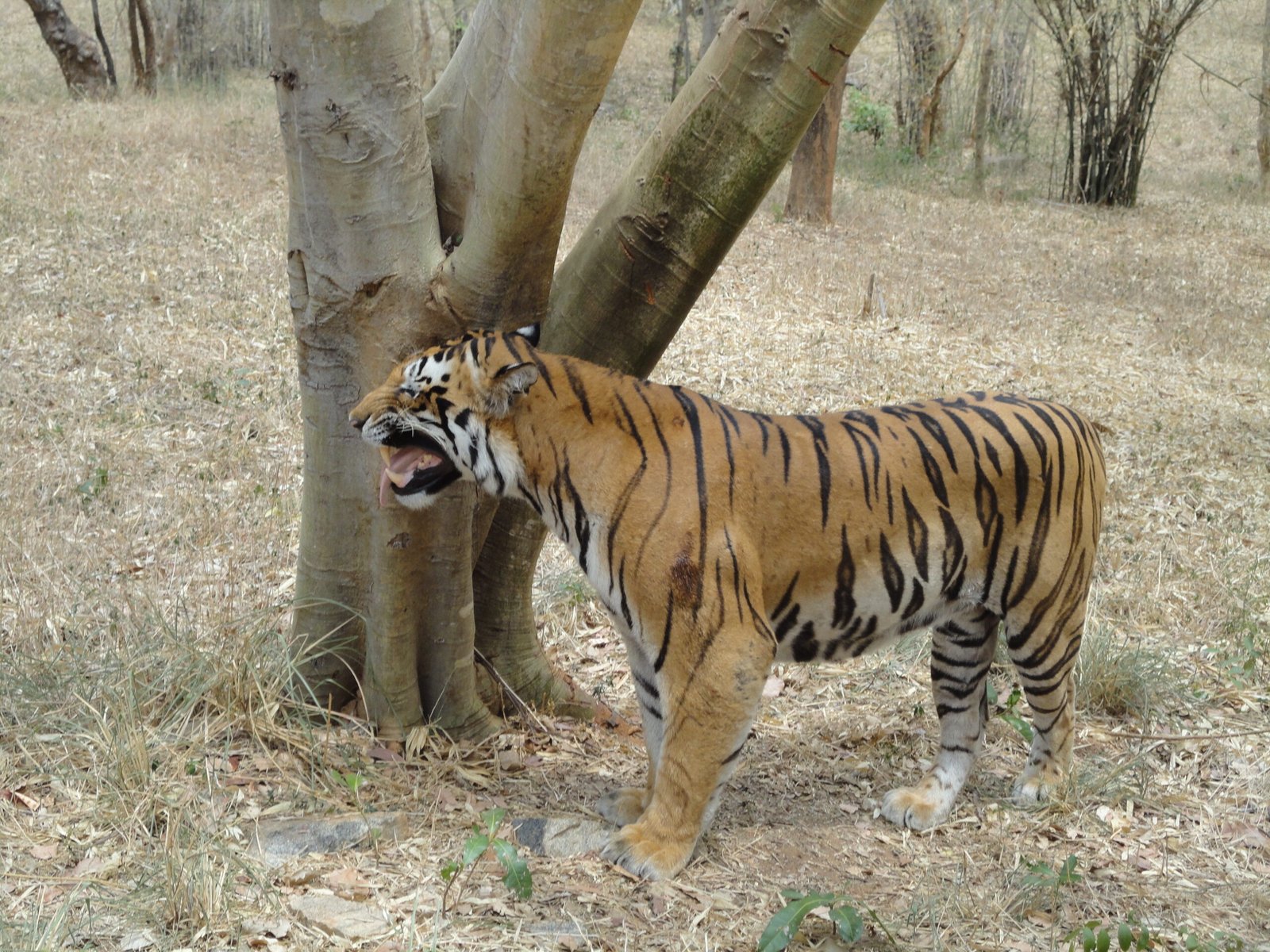
A tiger marks its territory not just with scent trails, claw marks, and resonant calls, but with messages rich in identity and emotion. Each mark is a personal signature—a way of saying, “I’m here,” and sometimes, “this is how I feel.” Far from being purely territorial, these cues serve as a quiet dialogue with other tigers, conveying boundaries, intentions, and even emotional states. It’s a nuanced form of social communication, woven into the very landscape they roam.
Sibling Bonds

Tiger cubs share more than just a den—they form deep, lasting bonds with their siblings that shape their earliest experiences of the world. They huddle close for warmth, play and learn side by side, and even share food in moments of surprising gentleness. These connections lay the foundation for emotional resilience, offering comfort and companionship in a world fraught with danger. In many cases, these sibling bonds endure for years, quietly shaping their personalities long after they’ve left the safety of the den.
The Mystery of Tiger Tears

Some observers have noticed that a tiger’s eyes may glisten or water when it’s under stress or in pain—a subtle but striking sign of inner turmoil. While they don’t cry in the human sense, this quiet response suggests a depth of feeling that’s both profound and hauntingly familiar. It hints at an emotional world that runs deeper than we often give credit for, one that mirrors our own in surprising ways. In that shimmer of moisture lies a quiet reminder: these magnificent creatures feel more than we may ever truly understand.
Chuffing: A Tiger’s Friendly Greeting

Not all tiger vocalizations are fierce and thunderous—some are surprisingly tender. The “chuff,” a soft, breathy snort, is one of the gentlest sounds a tiger makes, often used to greet loved ones or express affection. It’s commonly exchanged between mothers and cubs, or between adult tigers who share a rare bond of trust. In many ways, it’s the tiger’s version of a warm embrace—a quiet, comforting sound that speaks volumes without a roar.
Grief in the Jungle

Tigers have been seen lingering beside the bodies of lost cubs or siblings, pacing gently or lying close as if unwilling to let go. This haunting behavior suggests a quiet form of mourning—a wordless tribute to the powerful bonds they shared. In these moments, their stillness speaks of sorrow, revealing that even the fiercest creatures are not immune to the ache of loss. It’s a poignant reminder that grief knows no species, and that love and longing run deep in the wild.
Curiosity Beyond Survival

Tigers don’t simply stalk and hunt—they roam with an inquisitive spirit, driven by more than just survival. They pause to investigate new scents, paw at strange objects, and even watch unfamiliar animals with a spark of playful curiosity. This behavior reveals a depth of awareness, a mind attuned not just to danger and prey, but to discovery. In their quiet explorations, we catch glimpses of a creature not just surviving in the wild—but engaging with it, always searching for meaning in its every shadow and sound.
Healing Together

In rehabilitation centers, rescued tigers have been observed offering quiet comfort to one another—nuzzling gently, lying close, or simply staying near when a companion is unwell. These acts of compassion suggest an innate capacity for empathy, a tender instinct that defies the stereotype of the solitary, emotionless predator. In these moments, the boundary between wild animal and caring companion begins to blur, revealing a depth of emotional intelligence often overlooked. Their ability to feel and respond to another’s pain is a powerful reminder of the shared threads of connection that run through all living beings.
Social Learning in the Wild

Tiger cubs observe their mothers with unwavering focus, absorbing every movement, pause, and decision. They’re not just learning how to hunt—they’re picking up the subtle art of survival: how to sense danger, respond to threats, and navigate the social cues of the wild. This deep, instinctive attentiveness reflects a powerful desire to learn through experience, a trait closely tied to emotional intelligence. In their mother’s every action, the cubs find a living guidebook to life—one written in instinct, intuition, and care.
Vocal Mimicry and Emotional Signals

Some tigers have been recorded mimicking the calls of other animals, including those of their prey—a startling and clever adaptation. This ability suggests not just strategic hunting, but also a remarkable sensitivity to the sounds of their environment. It may serve both as camouflage and as a subtle form of expression, allowing tigers to connect with their world in ways we’re only beginning to understand. This vocal mimicry hints at a complex, creative intelligence—one that blends instinct with emotional nuance.
Shared Joy in Water

Unlike most felines, tigers are true water lovers—diving, swimming, and splashing with unrestrained joy. They’ve been seen playfully chasing ripples, submerging themselves to cool off, and even teasing each other with cheeky swats of water. These aquatic antics go beyond simple relief from heat; they’re moments of emotional expression, connection, and sheer delight. In the shimmer of sunlight on water, tigers reveal a lighter, more playful side—one that deepens our understanding of their rich inner lives.
Stress in Captivity
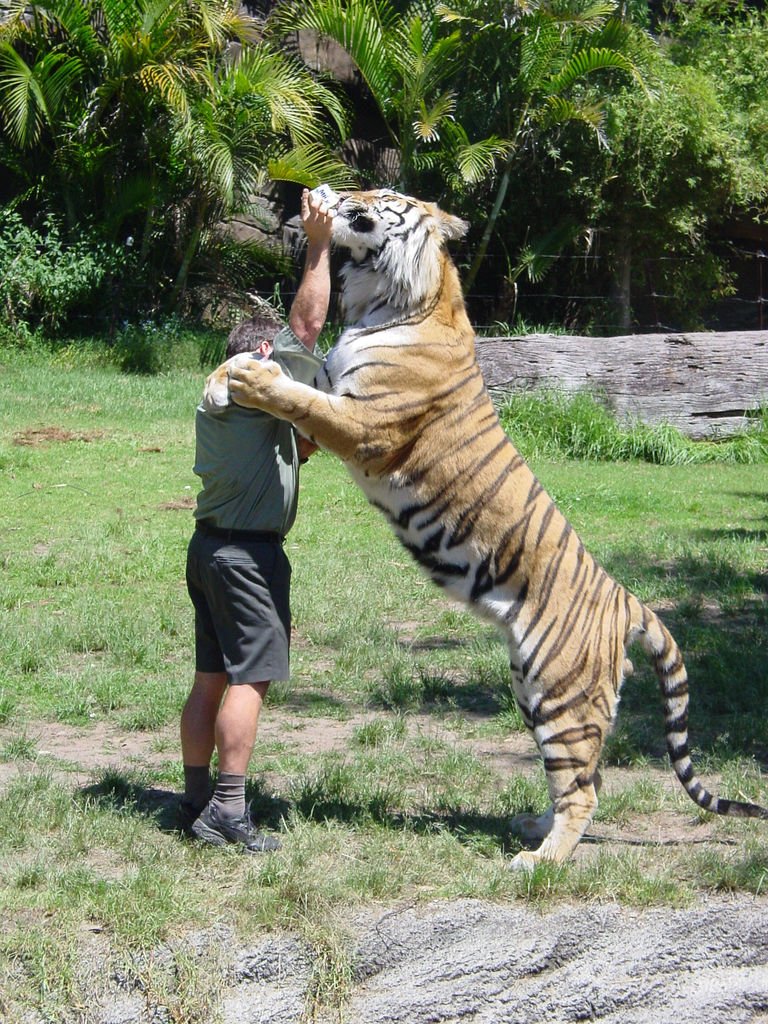
Tigers kept in zoos or circuses often exhibit repetitive behaviors like pacing, excessive licking, or self-biting—troubling signs of emotional and psychological distress. These compulsive actions reveal a deep frustration and longing for stimulation, freedom, and a natural environment. It’s a powerful reminder that true well-being goes far beyond food and shelter; it includes the need for space, enrichment, and emotional balance. Even the mighty tiger—king of the jungle—suffers when his spirit is confined.
Changing Moods, Shifting Stripes
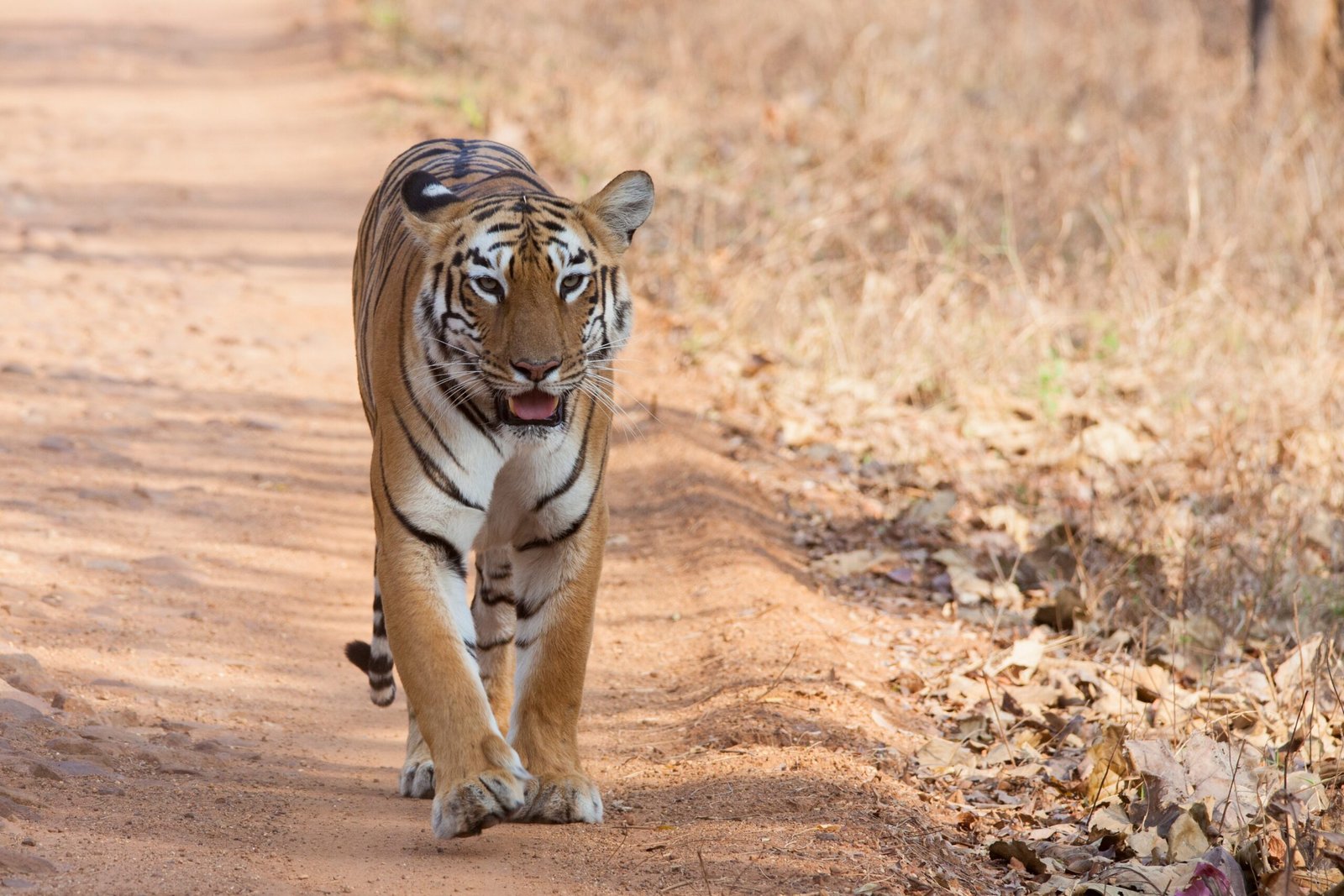
The angle of a tiger’s ears, the flick of its tail, or the rhythm of its stride—each movement tells a story of mood and intent. These subtle cues form a silent language, revealing flashes of frustration, sparks of curiosity, or moments of calm contentment. For those who watch closely, a tiger’s emotions are written in every gesture, as expressive as any spoken word. It’s a reminder that even the most powerful predators communicate through quiet, nuanced signals.
Memory and Recognition

Tigers possess remarkable memories, particularly when it comes to places and familiar faces. They’ve been known to recognize humans or other animals even after years of separation, hinting at a deep-rooted capacity for emotional recall. This enduring recognition suggests that their connections aren’t fleeting—they remember bonds, both good and bad, long after the moment has passed. Such memory speaks to a layered intelligence and the possibility of lasting emotional attachments in these solitary giants.
Environmental Awareness
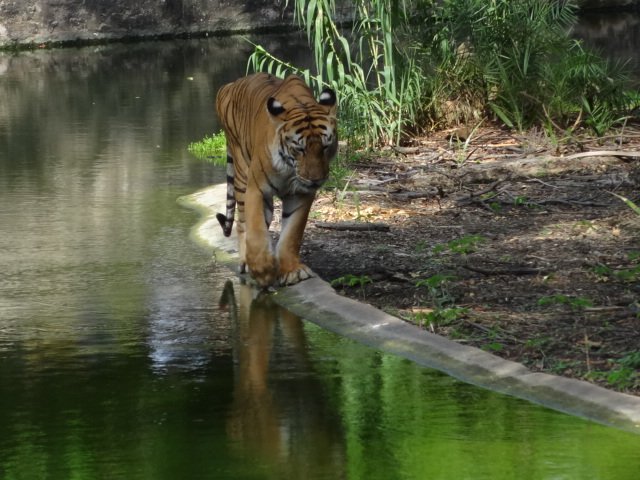
Tigers are deeply in tune with the rhythms of their territory—sensing subtle shifts in water sources, prey movement, and even changes in the weather. These environmental cues directly influence their moods, behavior, and daily routines, revealing just how interconnected their lives are with the ecosystems they roam. Their sensitivity serves as more than just survival instinct; it’s a silent warning about the fragility of the wild. In their watchful eyes lies a powerful message: to protect the tiger, we must protect the land that sustains them.
Bravery in the Face of Danger

When faced with a threat, a tiger doesn’t react blindly—it pauses, assesses the danger, and often chooses avoidance over confrontation. This calculated restraint reveals a remarkable blend of strength and wisdom, where courage is tempered by caution. Rather than charging into every challenge, the tiger weighs its options, favoring survival and stability over needless risk. It’s a quiet display of emotional intelligence—proof that true power often lies in knowing when not to fight.
Vulnerability and Trust

A tiger lying belly-up, paws relaxed in the air, offers a glimpse into a side rarely seen—one of total trust and emotional openness. In the wild, this vulnerable position is never taken lightly; it’s reserved for moments of deep comfort, whether shared with a sibling, a mate, or a trusted human caretaker. It’s more than a physical gesture—it’s a quiet surrender, a sign that the tiger feels safe enough to let its guard down completely. In that simple pose lies a profound connection, forged not through dominance, but through mutual respect and peace.
Respect for Boundaries

Even in the vast wilderness, tigers show a surprising respect for one another’s space. Through scent markings, vocalizations, and subtle signals, they communicate their presence and intentions—often avoiding direct conflict altogether. This quiet diplomacy reveals a refined ability to negotiate boundaries and maintain balance in shared territory. In their solitary grace, tigers offer a powerful lesson in coexistence: strength doesn’t always need to shout; sometimes, it simply knows when to step aside.
Spiritual Symbolism and Human Connection

Across cultures and centuries, tigers have stood as symbols of power, beauty, and untamed mystery. But our enduring fascination with them may run deeper than admiration—it might stem from a quiet recognition of shared emotional depth. In their eyes, we glimpse not just a predator, but a creature capable of feeling, choosing, and connecting. It’s a silent understanding that bridges the gap between species, reminding us that awe and empathy often walk hand in hand.
Conservation: Protecting Emotional Worlds
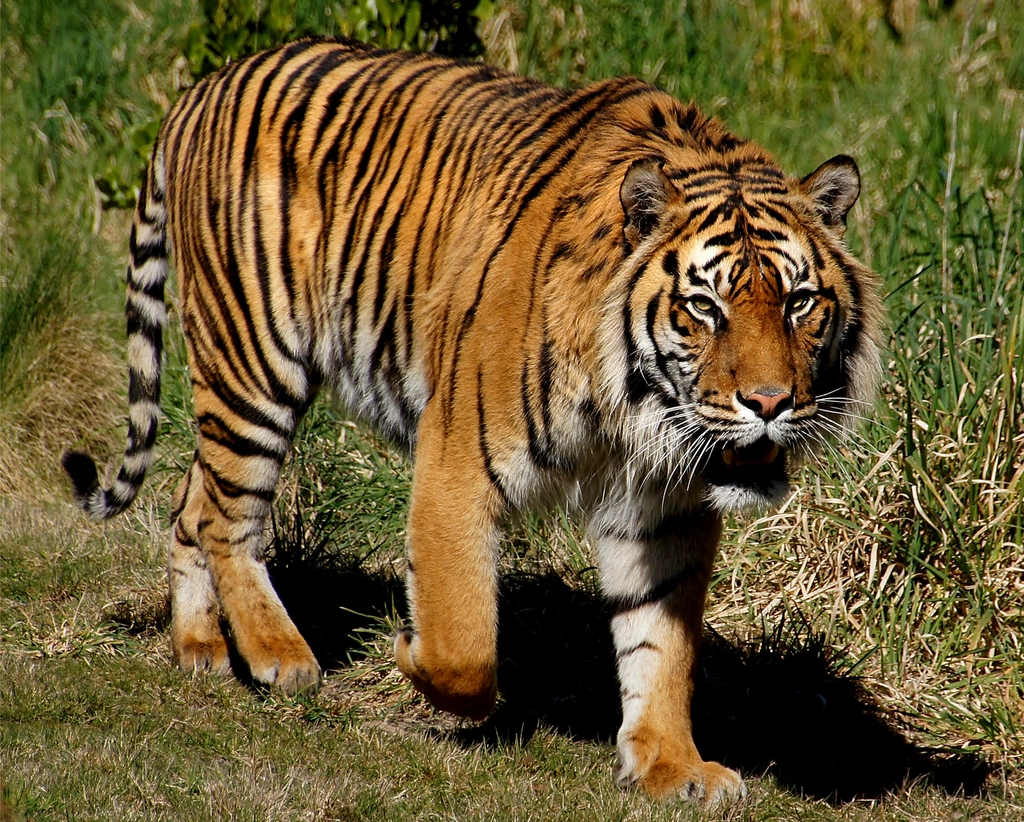
Every tiger lost to poaching or habitat destruction is not just a number—it’s the loss of a unique being with emotions, memories, and silent stories that will never be told. These majestic creatures are more than symbols of the wild; they are individuals with rich inner lives, capable of forming bonds, feeling joy, and facing fear. To protect tigers is to honor that depth, to recognize the soul behind the stripes. In saving them, we preserve not only a species, but the wild beauty and emotional tapestry they bring to our world.
The Lasting Mystery of Tiger Emotion

Despite all we’ve discovered, the true depth of a tiger’s emotions remains an untamed mystery—one that stirs both awe and humility. Their silent glances, cautious gestures, and fleeting moments of vulnerability hint at a rich inner world we’re only beginning to understand. Perhaps it’s this elusive blend of power and feeling that makes them so endlessly captivating—a wild heart, pulsing just beyond our grasp. In that mystery lies both the magic of their presence and the urgency to protect it.

Suhail Ahmed is a passionate digital professional and nature enthusiast with over 8 years of experience in content strategy, SEO, web development, and digital operations. Alongside his freelance journey, Suhail actively contributes to nature and wildlife platforms like Feline Fam, where he channels his curiosity for the Feline into engaging, educational storytelling.
With a strong background in managing digital ecosystems — from ecommerce stores and WordPress websites to social media and automation — Suhail merges technical precision with creative insight. His content reflects a rare balance: SEO-friendly yet deeply human, data-informed yet emotionally resonant.
Driven by a love for discovery and storytelling, Suhail believes in using digital platforms to amplify causes that matter — especially those protecting Earth’s biodiversity and inspiring sustainable living. Whether he’s managing online projects or crafting wildlife content, his goal remains the same: to inform, inspire, and leave a positive digital footprint.






